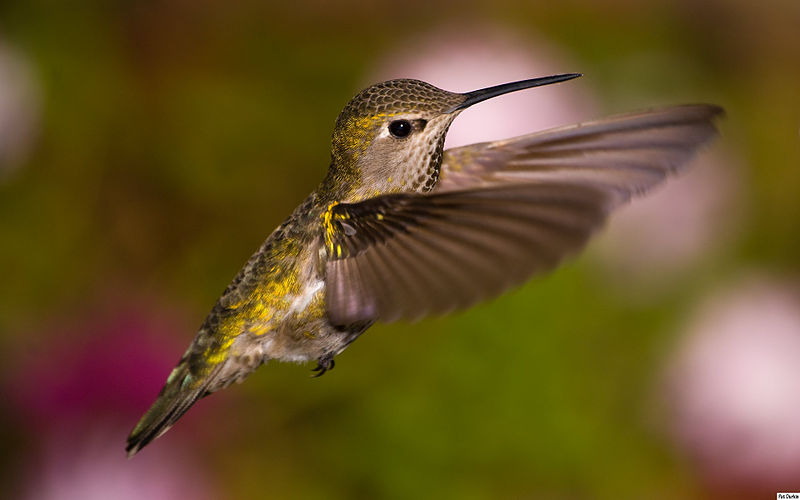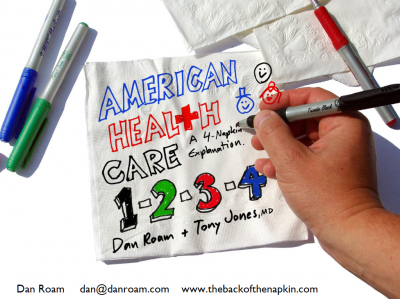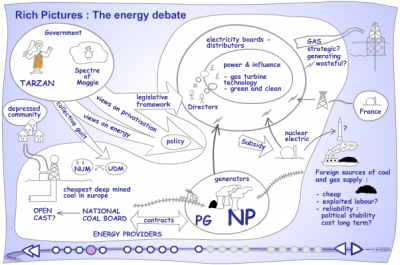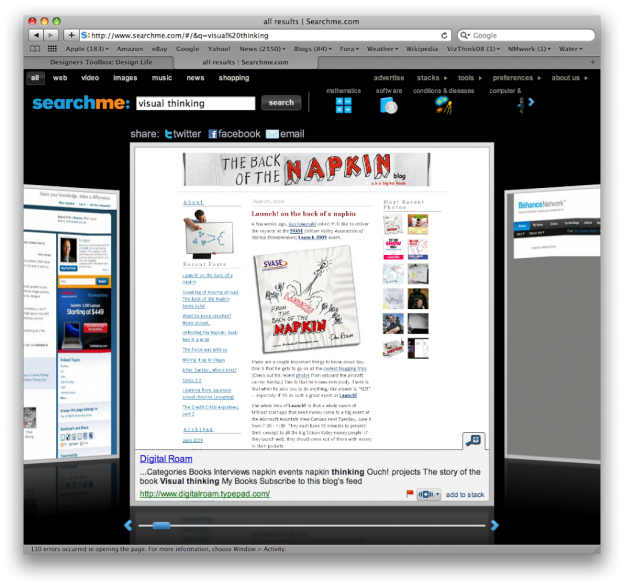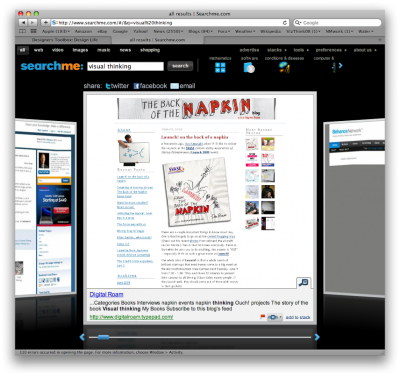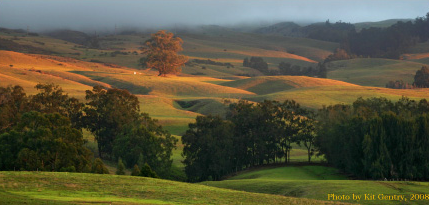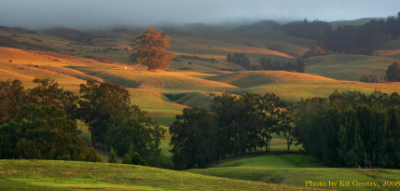
In Dick’s color class Tuesday we were exploring colored light, and talking about the difference in colors between sunset and sunrise. Kit Gentry proposed a theory about more color at sunset due to more moisture and particulates in the air. I confirmed this later in The Nature of Light and Colour in the Open Air, by Marcel Minnaert. I was reminded again of the common drives shared by artists and scientists, curiosity and exploration, and their common disciplines of observation and experimentation.
I love this quote from Edward Tufte, because it helps me make sense of my parallel interests:
“Science and art have in common intense seeing, the wide-eyed observing that generates empirical information.”
(from Beautiful Evidence, 2006, p. 9)
Artists and scientists used to be the same person – daVinci, Goethe – the modern gulf between them is artificial and detrimental. This is one of the ideas of Dan Pink’s A Whole New Mind: We need to unite these world views. Dick’s class does. It teaches artists to see more carefully and scientifically, and shows how this rational approach can enhance their creativity.
This is why I’m so excited about visual thinking and visual communication – it is consistent with more of who we are.
(Photo by Kit Gentry)

